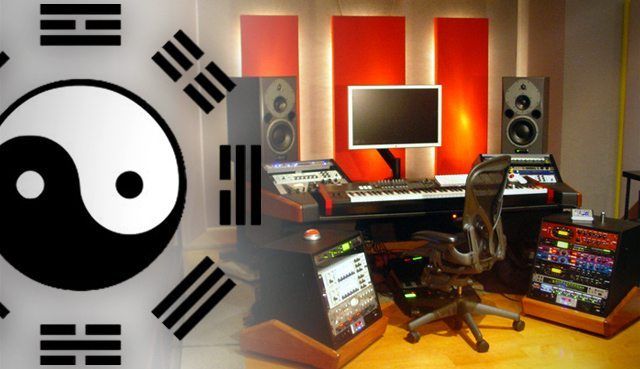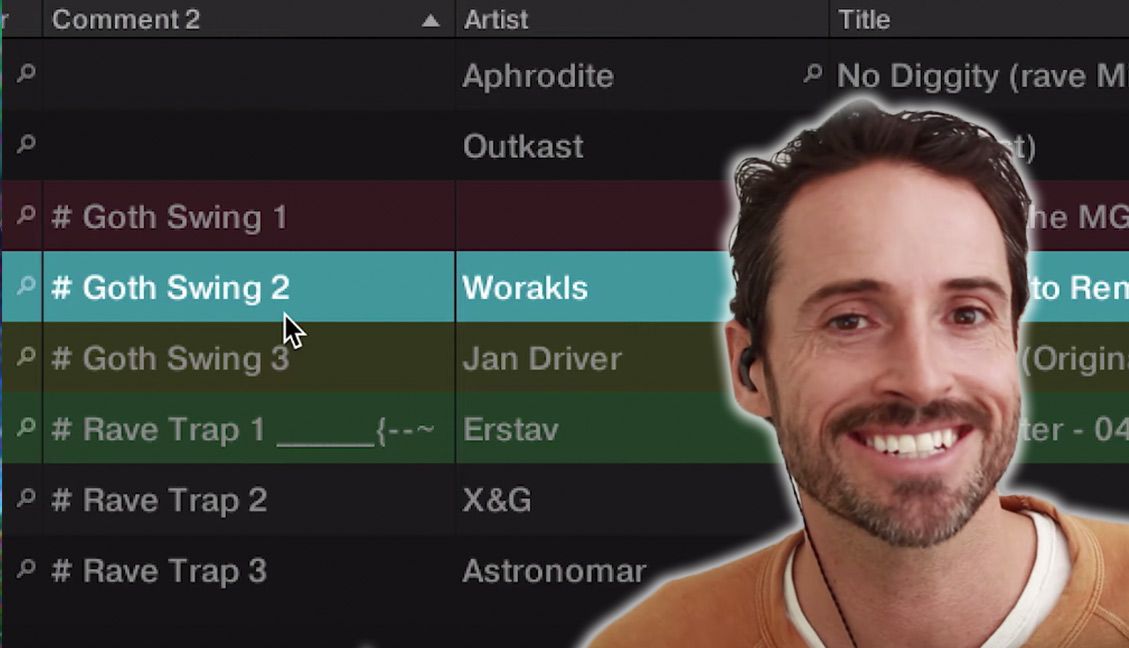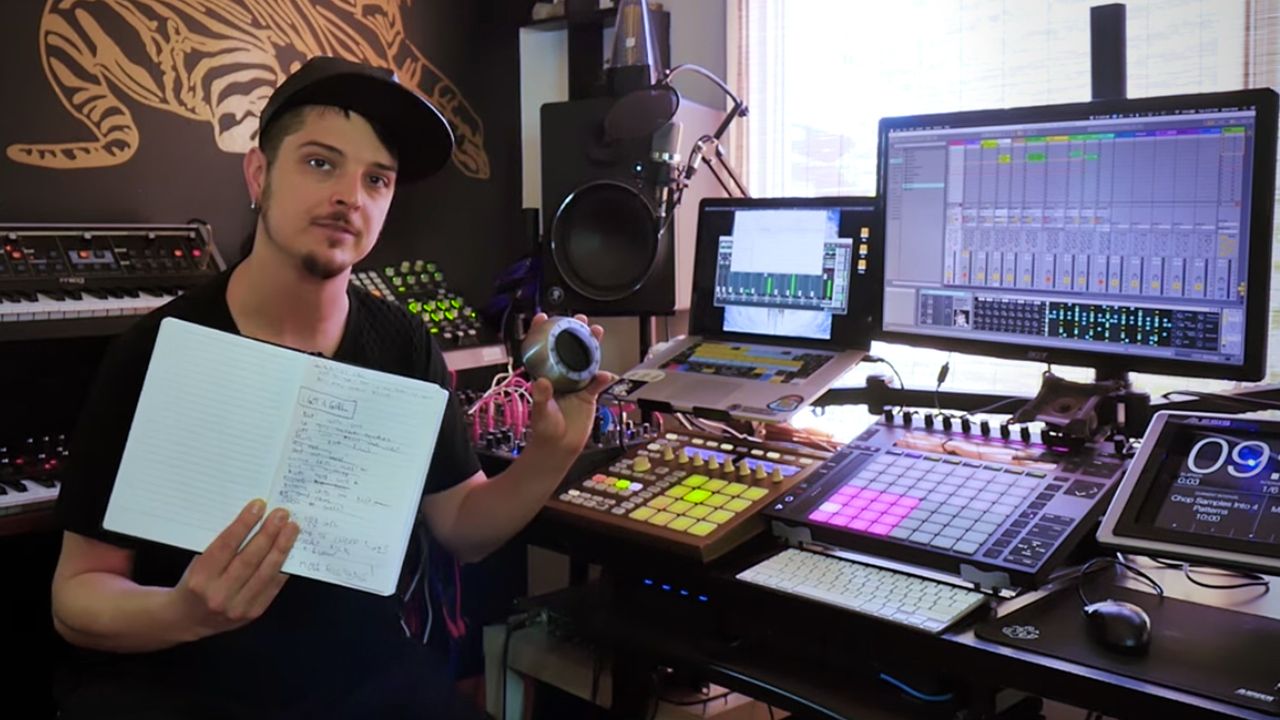Having a comfortable and inspiring creative space is important to your work as a DJ and music producer. So how do you create an environment that sounds good and inspires you to create without spending a ton of cash? The answer is in a Chinese art and practice known as Feng Shui. Read on for some tips and tricks to maximize the creativity and the sound quality in your space.
Feng Shui is the Chinese art and practice of creating harmonious surroundings that enhance the balance of energy. This has a lot to do with how objects are placed in a room. These practices can be applied to your own studio or practice space, regardless of whether it is in your home or in a dedicated location. Tuning acoustics and aesthetics can give your creative space a kick-start that will translate into better performance and output!
SET INTENTION: What activity is the space for?
Start by coming up with an intention for the room and state what you will be doing in this space. Is it a room for practice, performance, production, recording or all the above? The intention of the space dictates how the space is set up so it can successfully meet all your needs.
BASIC ACOUSTIC TREATMENT OPTIONS
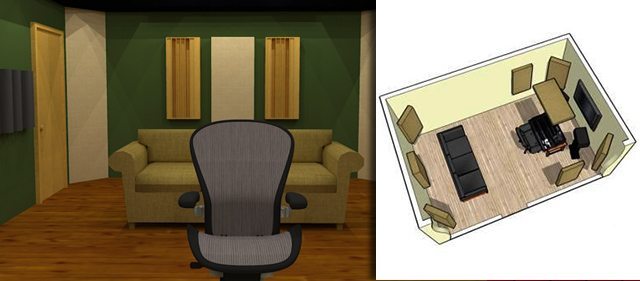
Feng Shui is about creating harmony in the room. Creating a harmonious-sounding space can be done with some basic knowledge of acoustics and treatment options.The room itself affects how we hear the sounds being generated in that space.
Most sound problems in small rooms are caused by low-frequency information that builds up around corners and walls. These problems can be minimized with bass traps that absorb low-frequency energy. This will create a greater sonic balance in the room and allow you to make better mix decisions. Bass traps can be rather expensive, so consider one of many D.I.Y options.
Bass traps should be placed in the corners of your room. This is where you will get the most bang for your buck. If possible, the address front corners before the back corners.
The next thing acoustically that you will want to address is known as the, “First Early Reflections.” These are the points on your left and right walls where sound from your speakers can potentially bounce back to you before hearing the original signal from the speaker.
To find these points sit in your chair facing your monitors and have a friend place a mirror on the right wall at the same level as your monitor speaker. Have them move it around until you can see your left monitor speaker in the mirror. This is your “First Early Reflection” point and thus you should place some absorptive material here to cut the reflection. Some cheap acoustic foam can do the job decently well.
MONITOR SPEAKER PLACEMENT
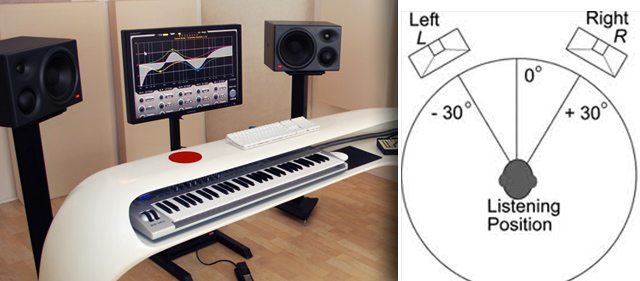
Monitor speakers are what we use to create and critically listen to our work so placing them correctly is very important. Placing your speakers in the wrong position can cause you to make bad mix decisions because you are not hearing things correctly. Proper speaker placement can give you more confidence and promote better mixes. Here are a couple of techniques I use for placing speakers.
- Pull speakers away from the wall (3 feet if possible). Bass builds up at wall junctions and corners, so pulling your speakers away allows them to function more accurately in the room.
- Build an equilateral triangle with you and your speakers. This means your speakers are the same distance from each other as they are from you.
- Ear level: The tweeters should be roughly at the same height as your ears. This is so you hear the high frequency range accurately.
- Isolate your speakers from the surface they are on. Try using some slightly dense foam to separate the surface of the speaker from the surface of what they are on. If the speaker is placed upon a resonant surface, the surface itself may transfer unnecessary energy back into the monitor speaker and compromise it’s performance.
ORGANIZE YOUR CABLING

As a DJ and producer you spend a fair amount of time plugging stuff in and cabling. Cables can get in the way of being creative so making them somewhat neat is preferable. Zip ties are cheap and work but are somewhat of a pain if you need to move the cables. Velcro cable wraps tend to be the best option. Here are some suggestions for dealing with cables so you can free up more creative time.
- Create a studio floor plan of the necessary cable types and lengths that you need for everything to be connected. Then order them!
- Get two types of cables, cables for shows and cables for your studio. This way you don’t have to waste your creative time re-cabling things again and again because you ripped the studio apart to go play a show – try MonoPrice and Amazon for cheap cables.
- Get an audio interface that supports the right amount of physical inputs and outputs that you need. If everything is plugged in and ready to go you are more likely to use it.
- Give your controllers a permanent home: You’ll want to access them quickly when feeling inspired. A simple USB hub and some USB extension cables make the difference between a working environment and a MIDI controller graveyard .
- Building a custom cable rack will save you a lot of time – this can be as easy as finding a piece of plywood and drilling several screws in at an angle to hang cables from.
MIXERS AND CENTRAL VOLUME CONTROL
Having one central mixer can be really beneficial to being able to route multiple inputs from different sources into your monitor speakers. This way you could have the output of your DJ mixer and the output of your computer and digital audio workstation connected to one central mixer that feeds your speakers. If you have a DJ mixer this may work for this situation also. This can save time and will help avoid re-cabling.
OTHER FENG SHUI STUDIO PRINCIPLES
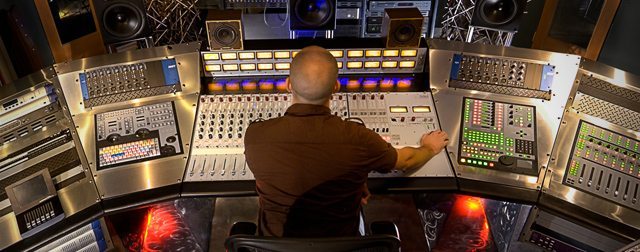
Clear your clutter: Clutter is essentially material or items that you have not used in a long time and do not actually need. Clutter in the studio can come in many forms; unused cables, notes, coffee cups and even garbage! All this junk can slow down creativity by cluttering up your mind.
If certain materials are specific to the function of a project like note pads, extra gear or other items then clear them out when the project is finished. Also general cleaning and taking good care of your gear helps build respect for your equipment. This translates to respect for your craft and yourself as an artist.
Display your successful projects: Acknowledging your accomplishments can help you grow as an artist and feel good about what you have done. If you have some album artwork from something you’ve released or a flyer from a big show you’ve rocked print it out, frame it and put it on the wall! Anything that will show your accomplishments sends a message to the world and yourself that you are successful.

Within Reach: If your gear is set up and ready to go, it will be more likely that you use it. Basic shelves are easy and affordable to install if you have lots of synths or MIDI controllers. Desk risers can be made from a couple of pieces of wood and will allow you to fit a MIDI controller or two underneath and then set your monitor or computer on top to save space. Or consider a laptop/controller stand like UDG + Crane’s offerings.
Ergonomics: If you spend hours sitting in front of the computer working on music, investing in a decent chair or standing deck can do wonders for your health. Try to stand up often and stretch.
The goal for using Feng Shui in a studio space is to create an environment that is comfortable, efficient, and conductive to creativity.
Try applying one of the Feng Shui suggestions in this article and take note over the following weeks of improvements and how you feel in the space. Any good intention you do for your creative space will benefit you and your work.


